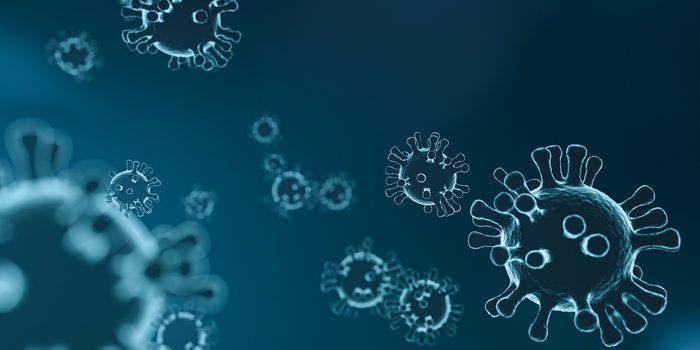COVID-19 Vaccine Technique Guiding Heart Disease Research
The heart is made up in part of cardiomyocytes, specialized cells responsible for controlling heart beats. After a heart attack (myocardial infarction), there can be a significant loss of cardiomyocytes in the heart, increasing the likelihood of repeat heart attacks and subsequent heart failure. In a clinical setting, this is observable as a loss of volume in the heart muscle, and there are currently no therapies that replace these lost cardiomyocytes.
This leaves heart transplantation as the sole method of replacing lost heart muscle. Heart transplantation is an expensive, high-risk procedure that is extremely difficult to access. Due to the scarcity of available hearts for transplantation and the risks associated with the procedure, heart transplantations are reserved for those already experiencing heart failure.
It has long been recognized that supplementing the heart muscle directly with additional cardiomyocytes would be an optimal method of repairing the damage caused by a heart attack. In past clinical trials, researchers have tried injecting these cells into intracoronary and intramyocardial tissue with little success. In these trials, over 90% of the cells were lost from the tissue after 24 hours.
With these logistical challenges in mind, researchers at the University Medical Center Utrecht have utilized delivery techniques found to be successful in COVID-19 vaccines to deliver mRNA directly to the heart tissue. These mRNAs can then instruct the heart’s cells to repair themselves after a heart attack. The COVID-19 mRNA vaccines utilize small fat droplets called lipid nanoparticles to deliver mRNA to the body’s cells. The mRNA can then instruct the body’s cells—in the case of the COVID-19 vaccines, to create a protein like the one causing COVID-19 so that the body’s immune system can mount a response to the virus before being infected.
In a preliminary study conducted on mice, the researchers using this delivery method found that the mRNA successfully reached the heart and remained there 24 hours after the injection. The scope of this study was solely to determine whether or not mRNA could reach the heart tissue through this method. This research could be used to guide additional studies to develop mRNAs specifically for the purpose of regenerating cardiomyocytes in the heart.
Sources: Expert Review of Medical Diseases, Frontiers in Cardiovascular Medicine








